
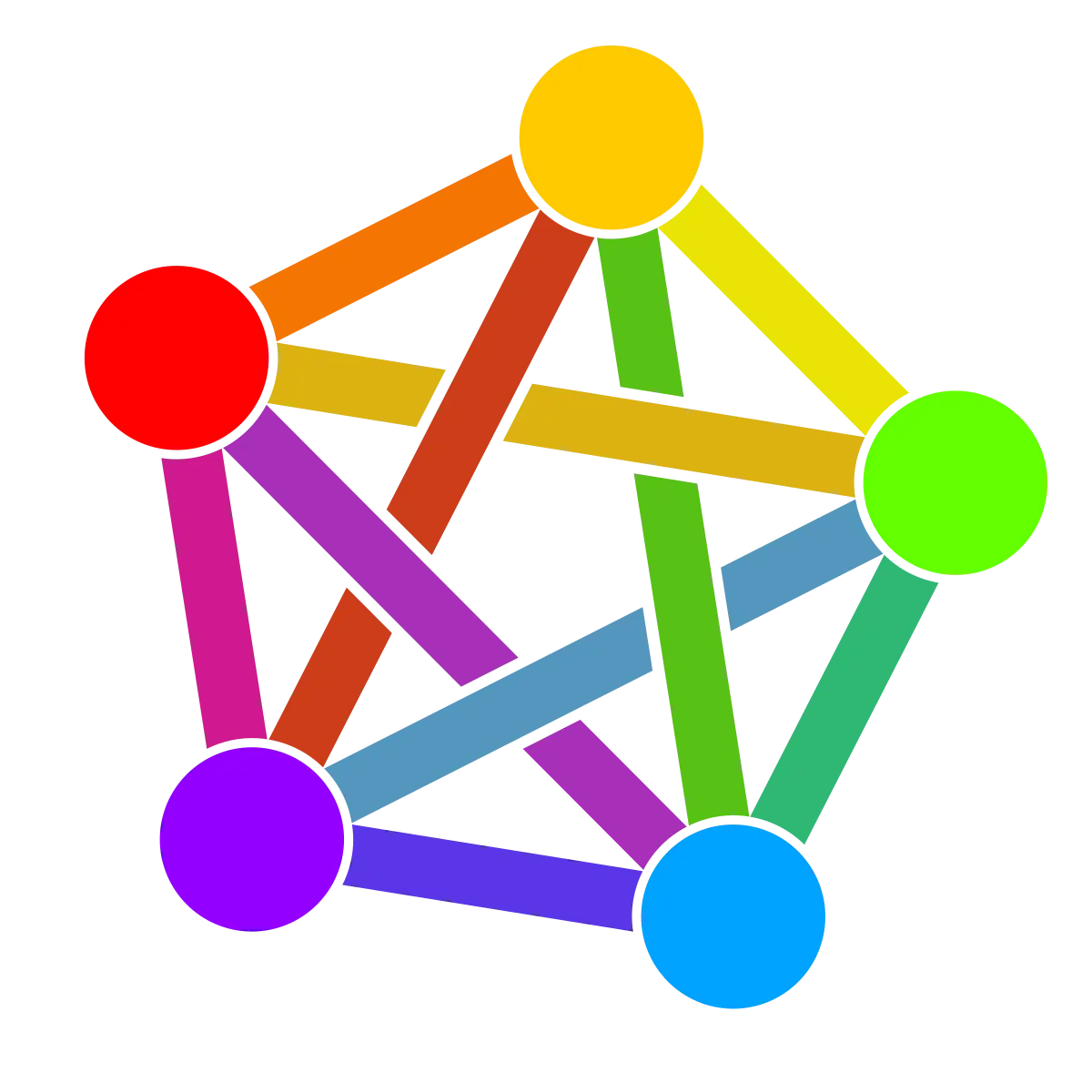
I asked that question recently and got some helpful responses,
https://lemmy.world/post/30977919
tl;dr PieFed has different people behind it, a few more features, and is written in Python instead of Rust (I’m not a coder or an instance host, so don’t ask me what that distinction means, but I’ve anecdotally seen more people saying python is easier to work with than rust than the other way around),
PieFed communities federate with Lemmy communities, tho, so no matter which kind of instance you’re going through as a user you should be able to interact with all the communities (assuming your instance admins haven’t decided to defederate with the other instance for some reason)


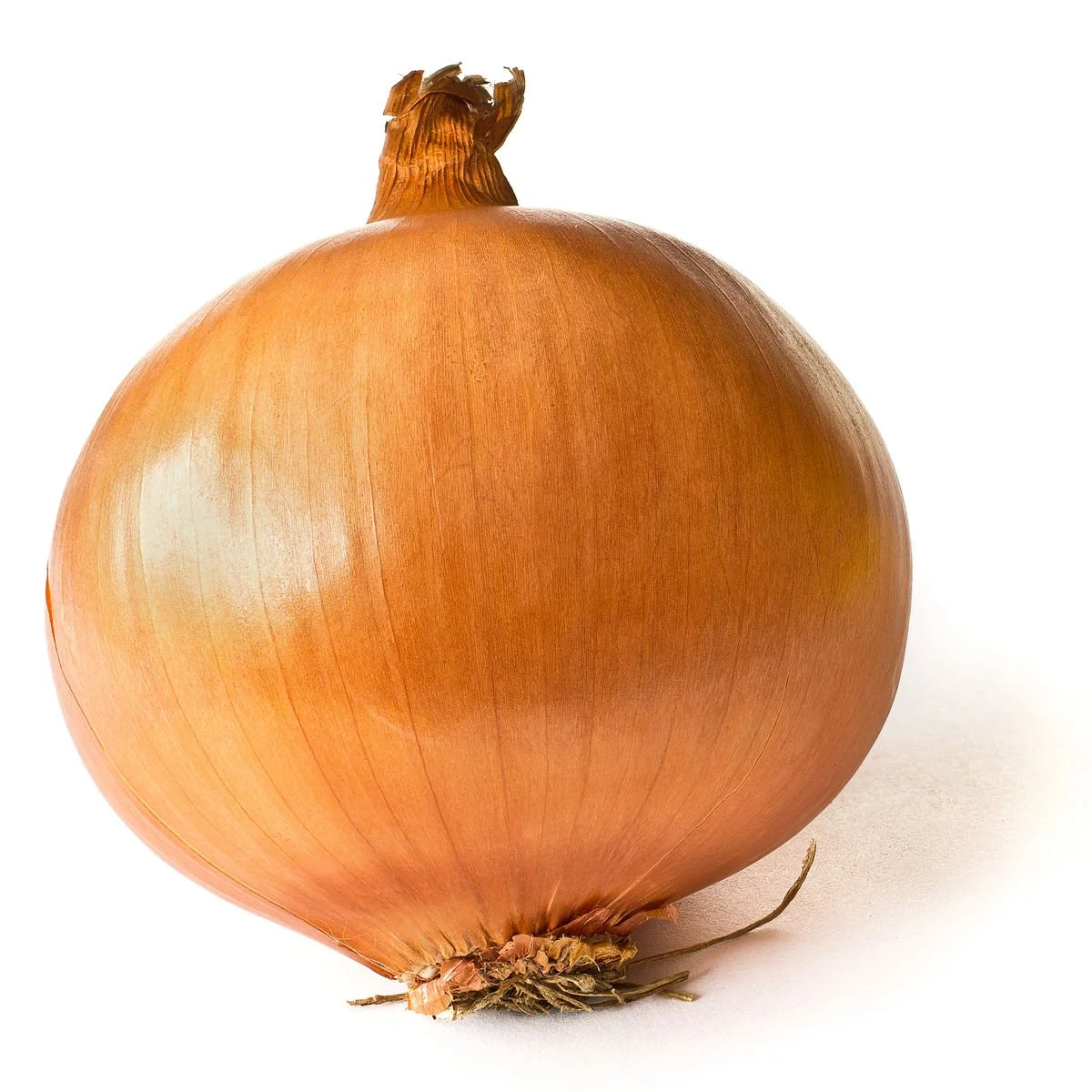











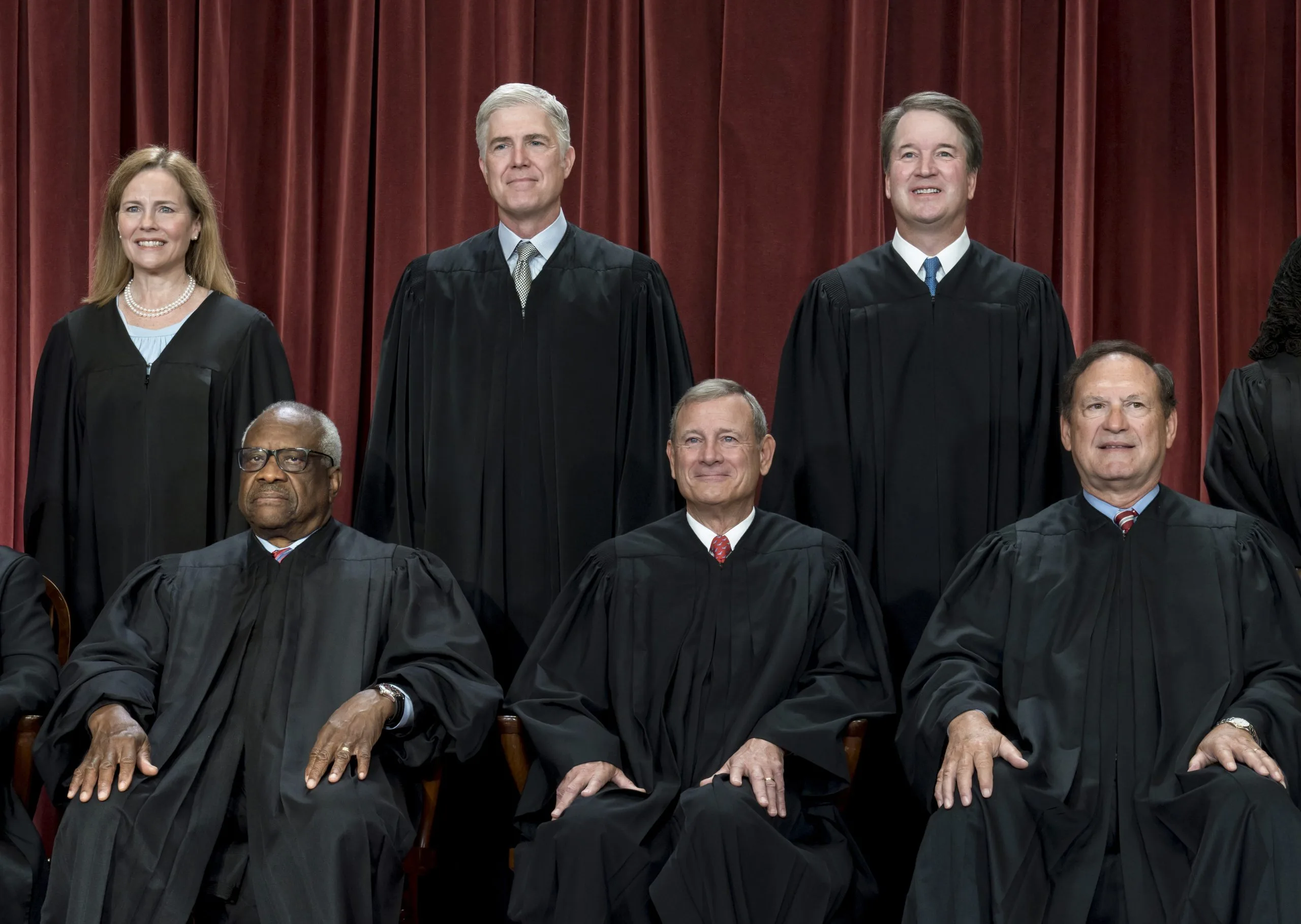
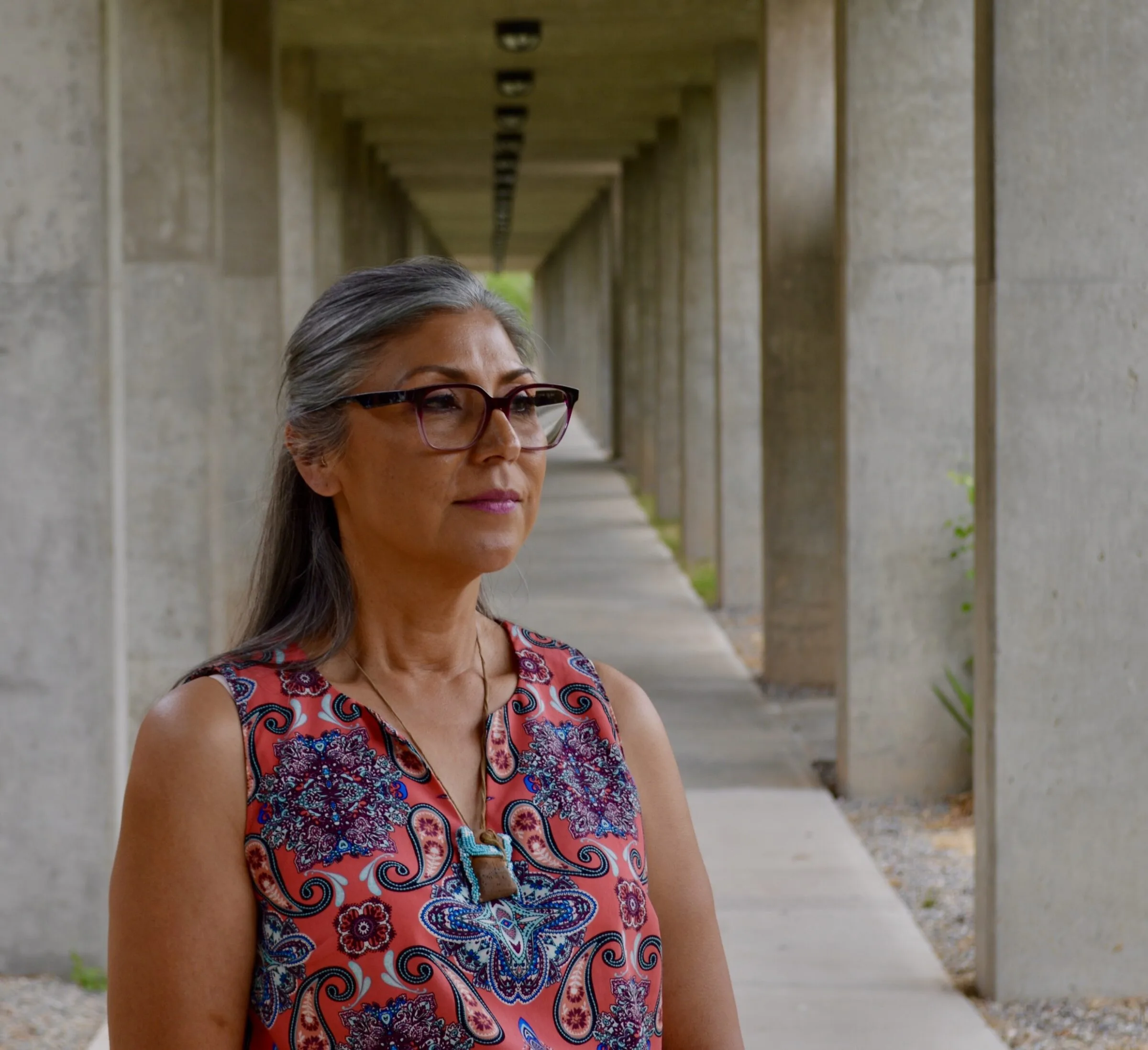


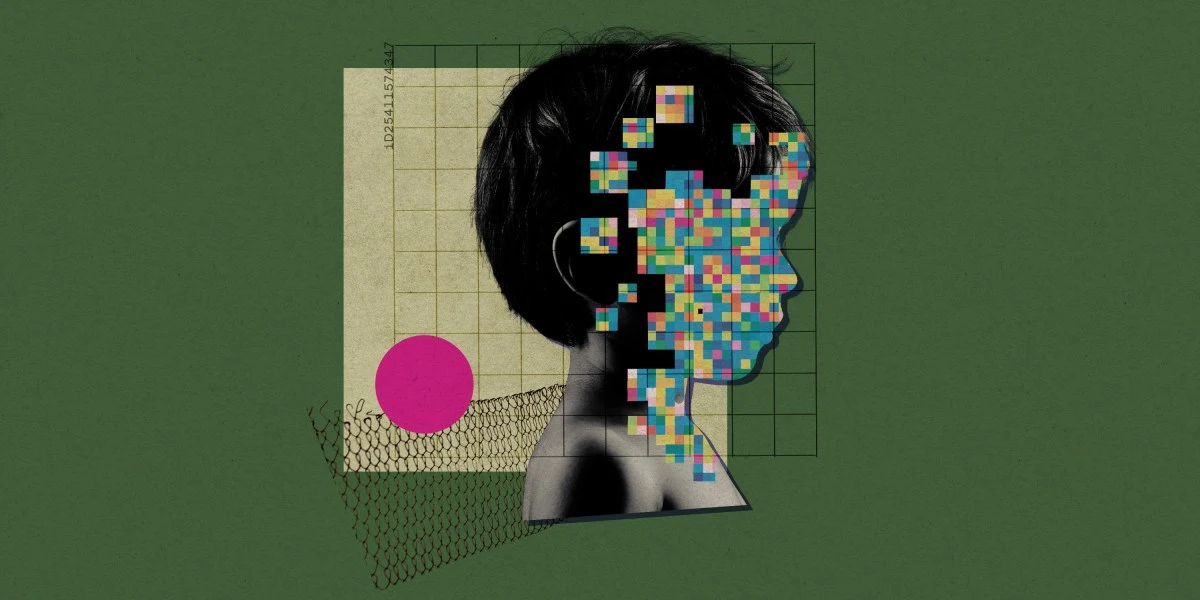
Yeah, like even if they did manage to break away they would constantly be getting little raiding parties and all sorts of harassment from the old government and continually have to waste all sorts of resources on defending themselves. If it gets to the point where open armed conflict with the US government seems like a good idea you might as well skip past secession to overthrow.